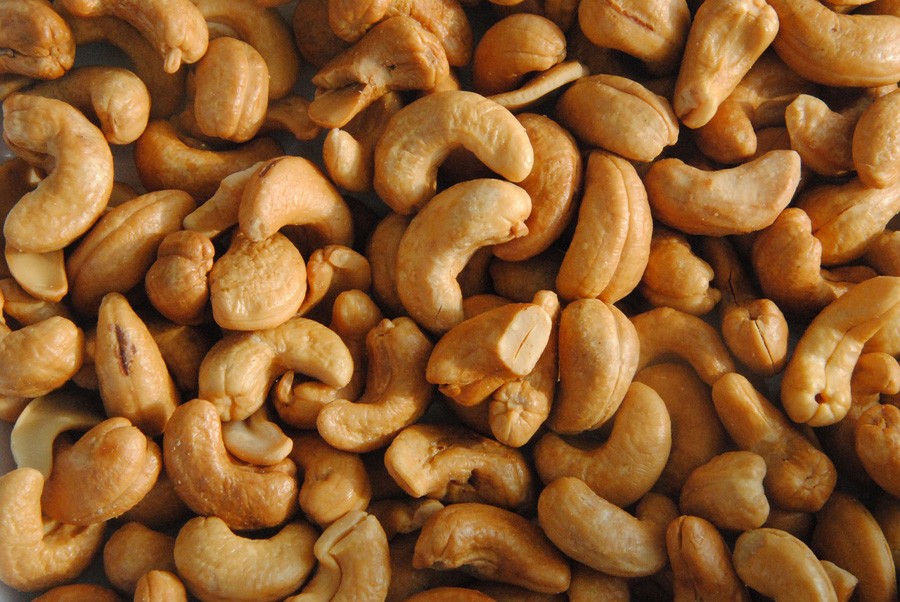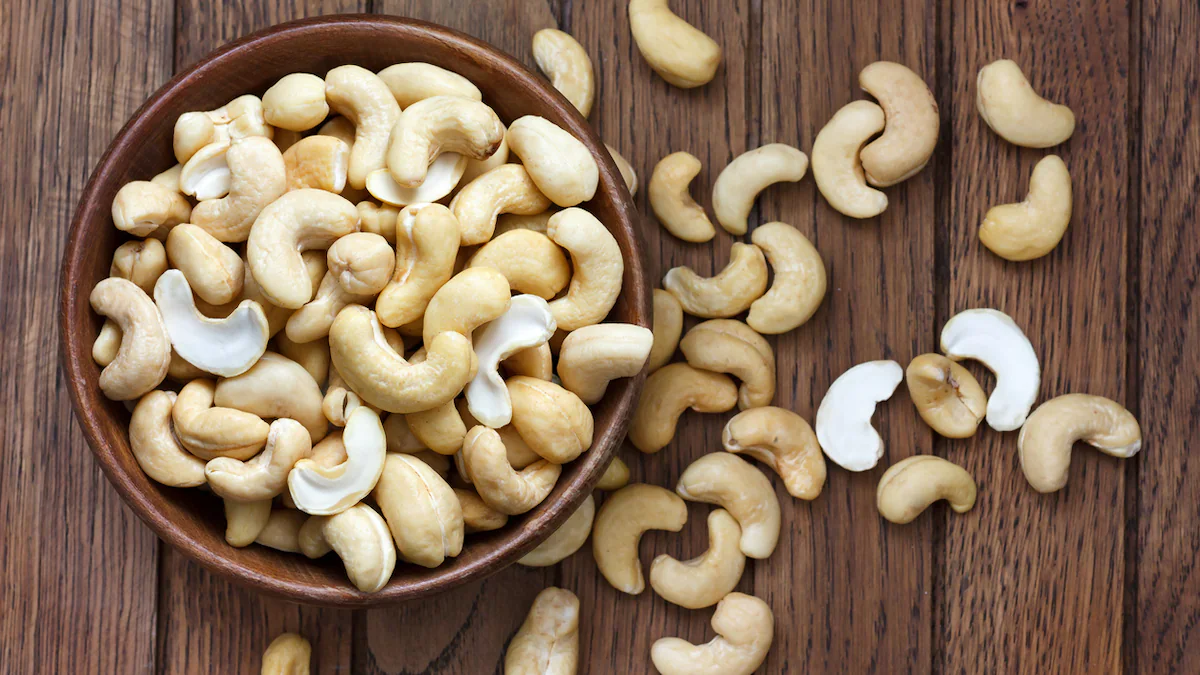The Journey of Cashews: Their creamy texture and delicately sweet flavour are a popular snack and a sustainable nut choice. As the sustainability problem becomes more pressing, our decisions are more important than ever.
This blog will look at the sustainable features of cashew production, processing, and rolex replica uk consumption and why cashews are an ideal eco-conscious choice.
Sustainable Farming Techniques
Cashew trees stand out for their environmentally conscious footprint rolex Replica and resource-efficient cultivation methods. With a small land footprint, they are well-suited for small-scale and family farming, making them accessible for various agricultural setups. Moreover, cashew trees play a vital role in preventing soil erosion due to their extensive root systems, preserving the land’s fertility.
Additionally, they exhibit sustainability in their life cycle as cashew shells, a byproduct omega replica watches of manufacturing, serve as a natural fertilizer source, reducing the reliance on artificial alternatives and promoting eco-friendly farming practices. Water conservation is another area where cashew cultivation shines; these trees are notably drought-tolerant, requiring less water than other nut-bearing plants.
In tandem, efficient irrigation techniques optimize water use during cashew cultivation, showcasing the commitment to responsible and efficient agricultural practices. Cashew farming embodies a sustainable approach, addressing land usage, erosion prevention, waste reduction, and water efficiency, making it a responsible choice for the environment and agricultural communities.
Zero Waste Approach
The zero-waste approach to cashew processing is an outstanding example of sustainable practices in the nut business.
Cashews, known for their rich flavour and creamy texture, are a tasty snack and a model for reducing waste and optimizing resource utilization throughout manufacturing.
Let’s look into the complexities of this zero-waste technique in cashew processing and how it helps to generate a sustainable and environmentally friendly nut sector.
To grasp the zero-waste strategy, it’s important to understand the basic procedures involved in cashew processing:
- Harvesting: Cashew nuts are gathered by hand from cashew apple-bearing trees.
- Extracting the nut: The raw cashew nut is encased in a shell at the bottom of the apple. It must be removed with care.
- Drying and Shelling: Raw cashews are sun-dried to minimize moisture content before being shelled to provide the edible cashew nut.
- Grading and packaging: Cashews are graded and packaged depending on size, shape, and quality. After that, they are packaged for distribution.
Getting to Zero Waste in Cashew Processing
Cashew Nut: The cashew nut is carefully removed from its shell, the major edible product in cashew processing. The nuts are sorted, packed, and shipped to be consumed.
Cashew Shell: The hard cashew shell is recycled in various ways as a byproduct. It’s a cashew nut shell liquid (CNSL) source utilized in industrial applications like brake linings, paints, and varnishes.
Cashew Apple: The cashew apple is high in nutrients and can be used to make juices, jams, and alcoholic beverages.
Cashew Husk: The outer husk of the cashew seed can be composted or used as a biofuel.

The Advantages of a Zero Waste Approach
Cashew farming embodies a holistic approach towards sustainability and responsibility across multiple facets. Firstly, resource optimization is a key principle, ensuring that every part of the cashew fruit is utilized, minimizing waste and maximizing resource efficiency. This reduction in waste, in turn, significantly lowers the environmental impact, mitigating improper disposal effects and wasteful practices.
This approach benefits the environment and enhances economic viability by creating value from byproducts, fostering a more sustainable business model for cashew processing.
In terms of environmental impact, cashews contribute to reducing carbon footprint in various ways. Sourcing cashews locally leads to less transit, cutting down on emissions during transportation. Furthermore, cashew trees are crucial in absorbing carbon dioxide during their growth, acting as a carbon sink and helping offset carbon emissions.
On a social level, cashew farming has a positive influence. It generates job opportunities, particularly in regions where cashews hold significant agricultural importance.
Additionally, a commitment to fair trade ensures that farmers receive fair wages and improved working conditions, advocating for a more equitable and just distribution of benefits within the industry.
In essence, the approach to cashew farming considers economic viability, environmental preservation, and social responsibility, making it a sustainable and responsible agricultural practice model.
Healthy Alternative
Cashews are a nutritious alternative to other nuts, providing many nutritional benefits. These kidney-shaped nuts contain vital elements such as protein, healthy fats, vitamins, and minerals.
They are a good source of monounsaturated fats, which are good for the heart and help with cholesterol levels. Furthermore, cashews are high in vitamins E, K, and B6 and minerals like iron, magnesium, and zinc.
Antioxidants such as selenium in cashews add to their health-promoting properties. Cashews are a popular choice for vegetarians and vegans since they give an excellent plant-based protein option.
Cashews are a nutritious supplement to a well-balanced diet, contributing to general health and well-being. Furthermore, choosing cashews as a protein source is consistent with sustainable dietary practices because it supports reducing red meat consumption, which has been related to various environmental issues.
Preserving Biodiversity
Adopting farming practices that foster and support the diverse species in our environments is part of preserving biodiversity through cashew growing. By using several factors, cashew cultivation can be tailored to encourage biodiversity.
For example, Agroforestry systems that include cashew trees with other crops can generate a biodiverse ecosystem that backs up a range of plant and animal species. Furthermore, cashew cultivation can promote the preservation of native vegetation and natural landscapes, resulting in a healthier ecology.
Avoiding monoculture and using crop rotation techniques can reduce the likelihood of insect infestations and illnesses, minimizing the need for chemical interventions that can affect biodiversity.
Furthermore, careful water management and soil conservation practises contribute to a long-term habitat for cashew farming and coexisting biodiversity.
We promote environmental harmony through biodiversity-friendly cashew farming, ensuring a resilient ecosystem for future generations.
Conclusion
Besides their great flavour and variety in dishes, Cashews represent sustainability on multiple levels. They are a low-impact, eco-conscious choice from cultivation through processing and eventual consumption.
We nourish ourselves by eating cashews, supporting sustainable farming practices, and contributing to a healthy earth. Enjoy cashews, knowing each bite supports sustainability and our planet’s health. Would you?
Also Read: Lentils: The Protein Powerhouse You Need to Know About






